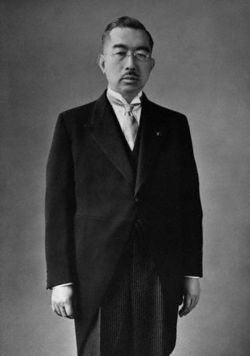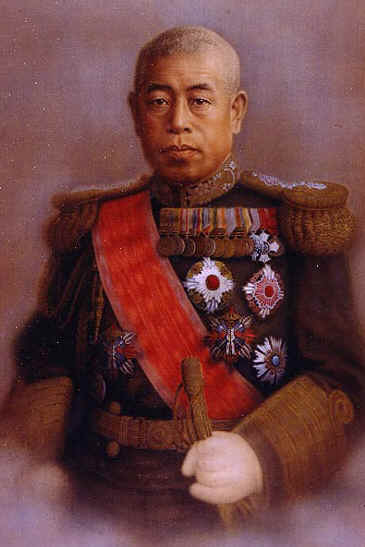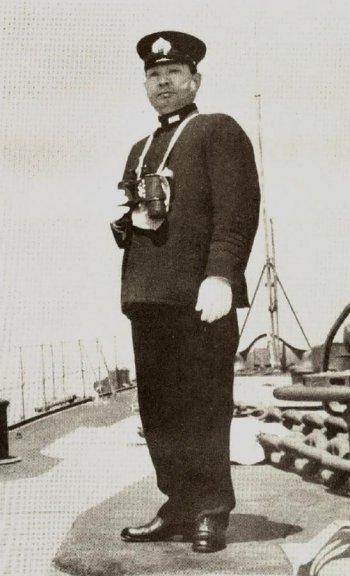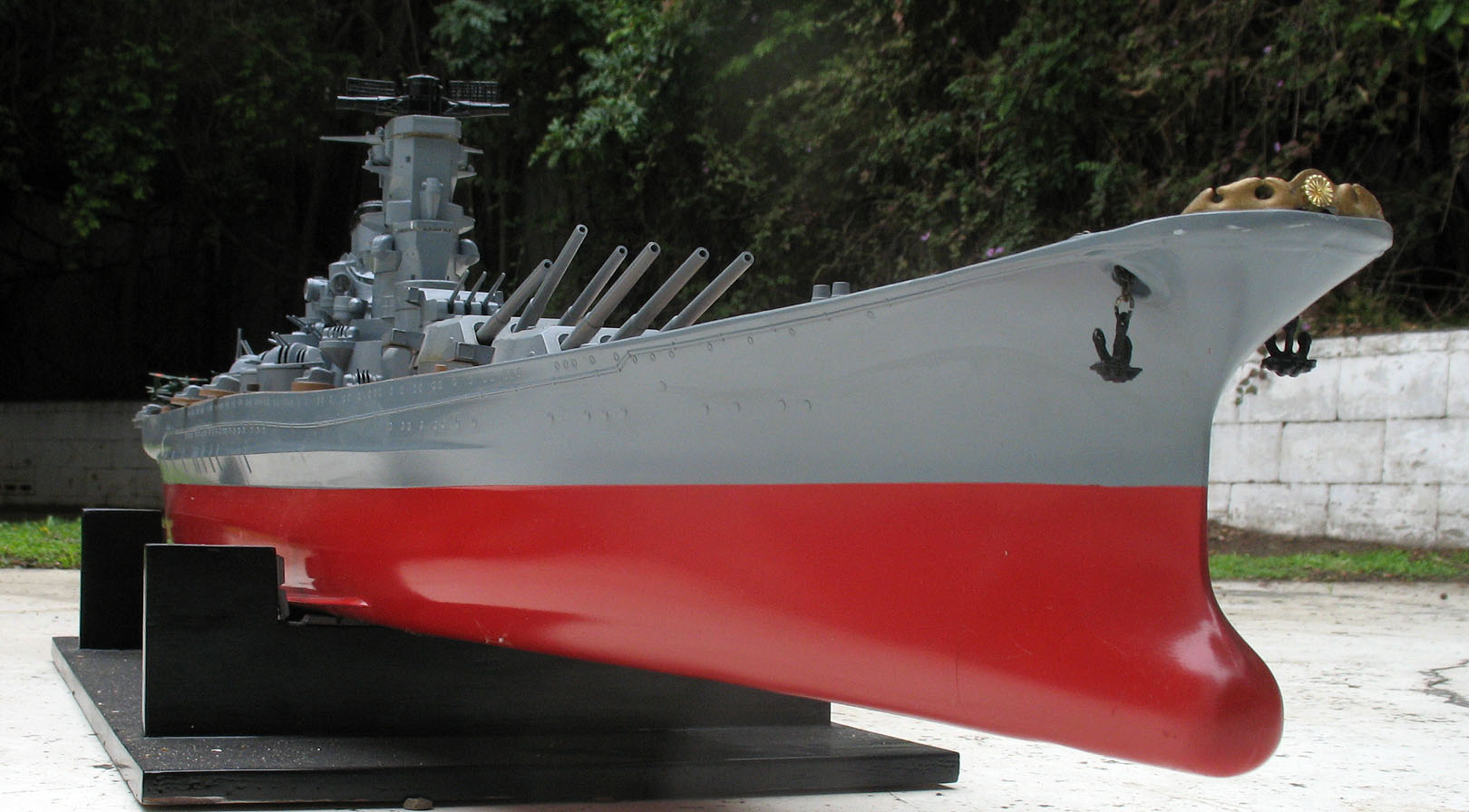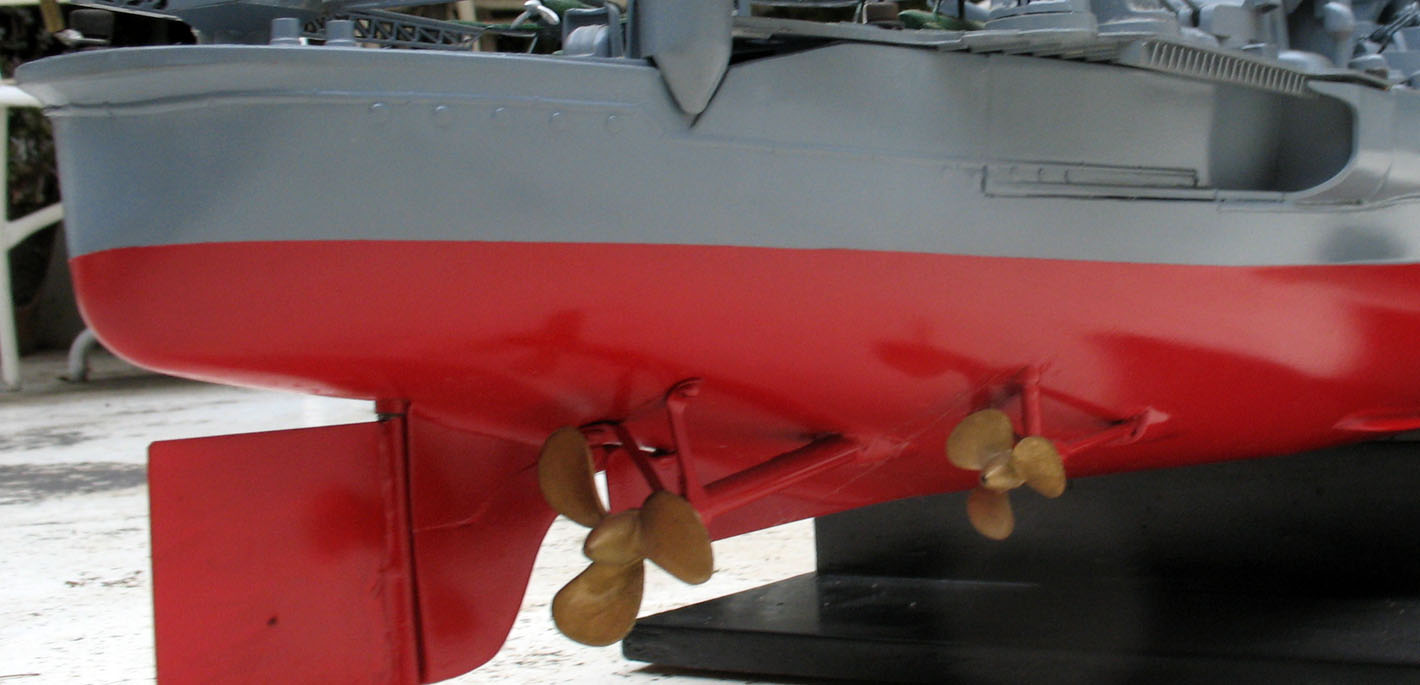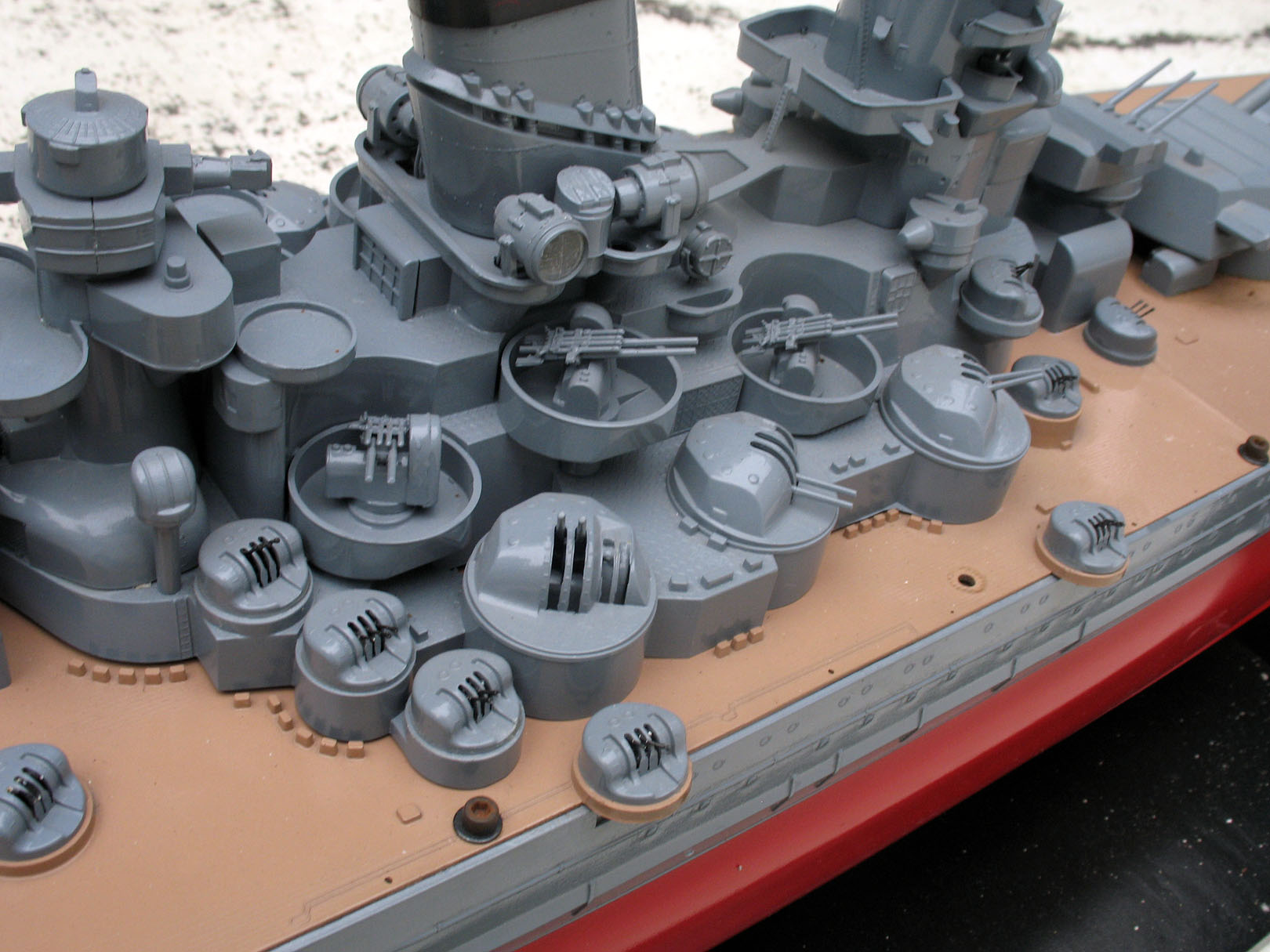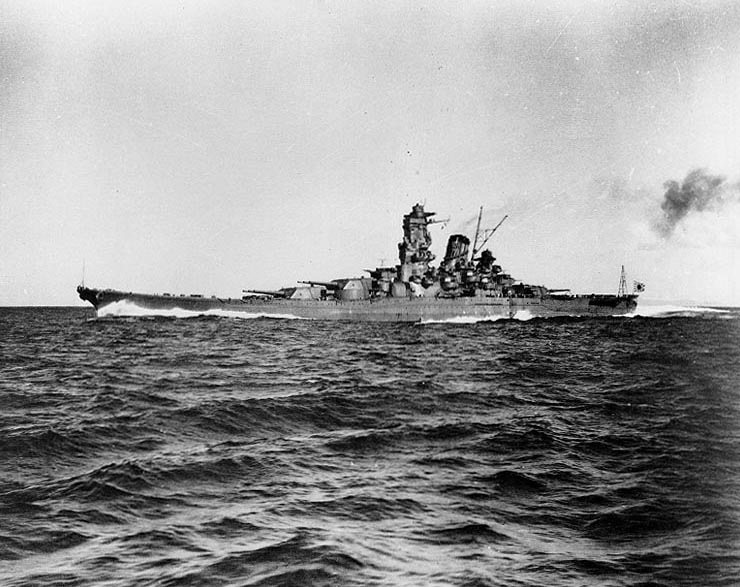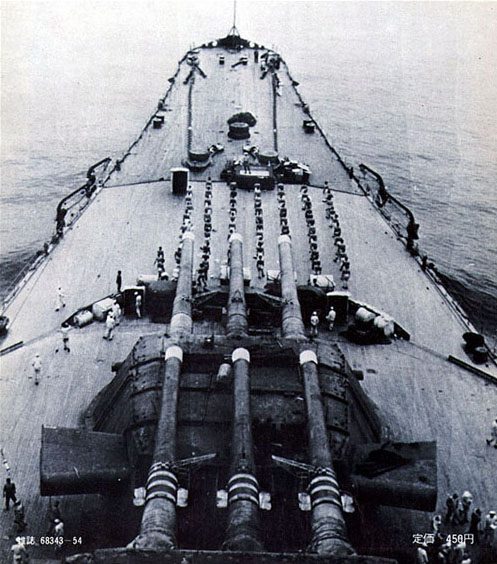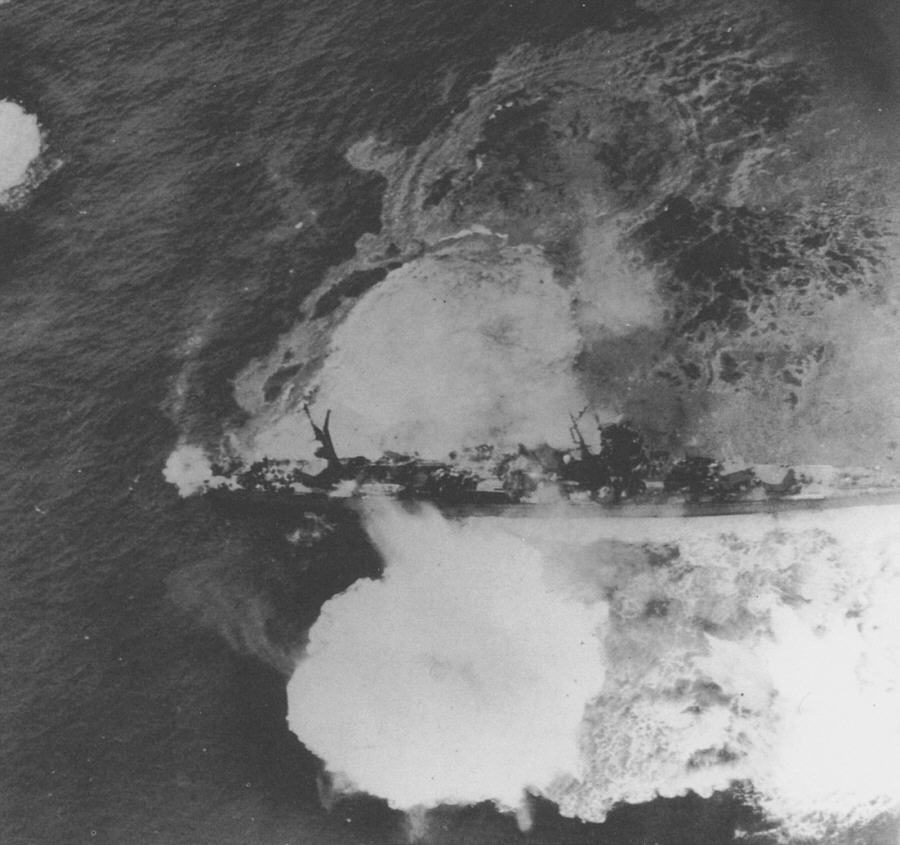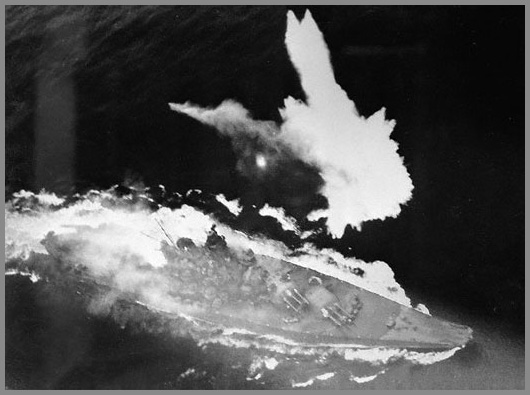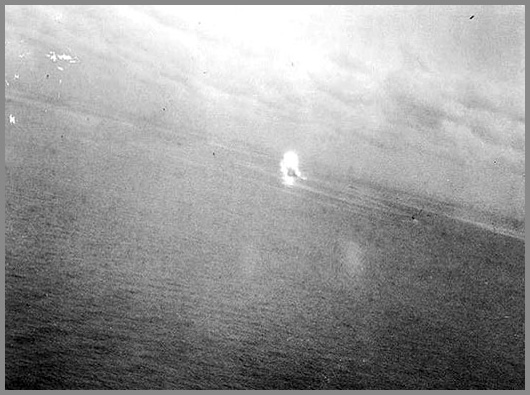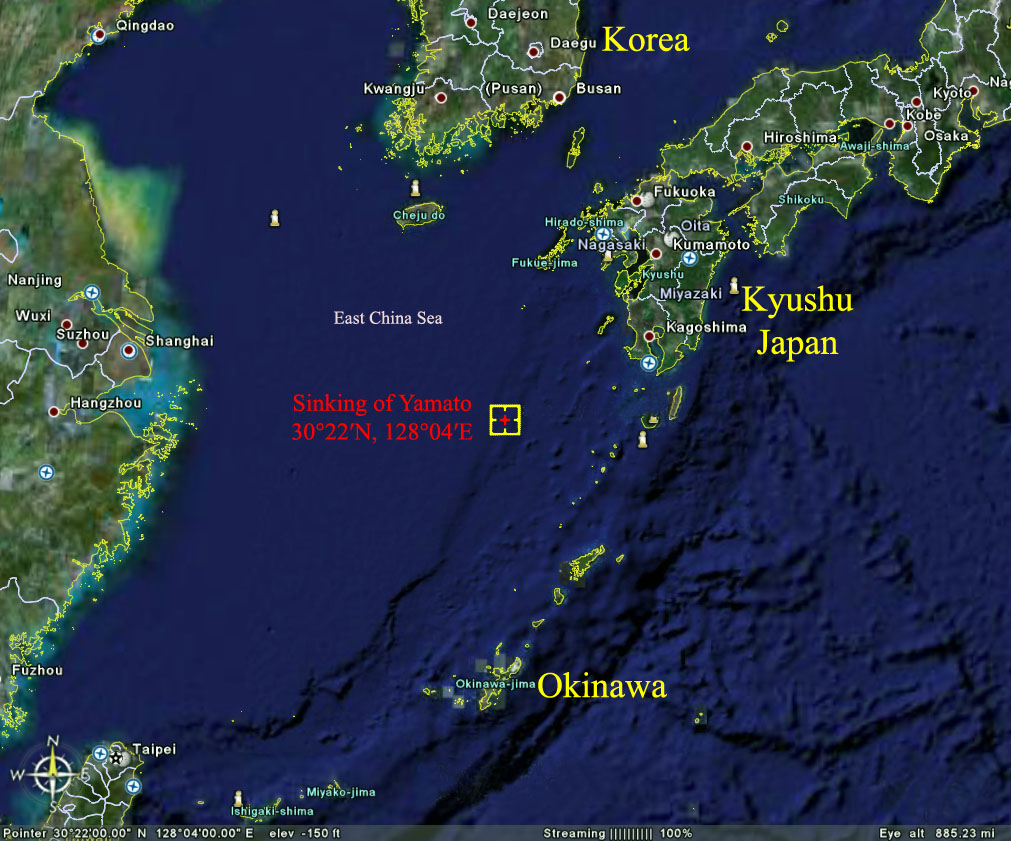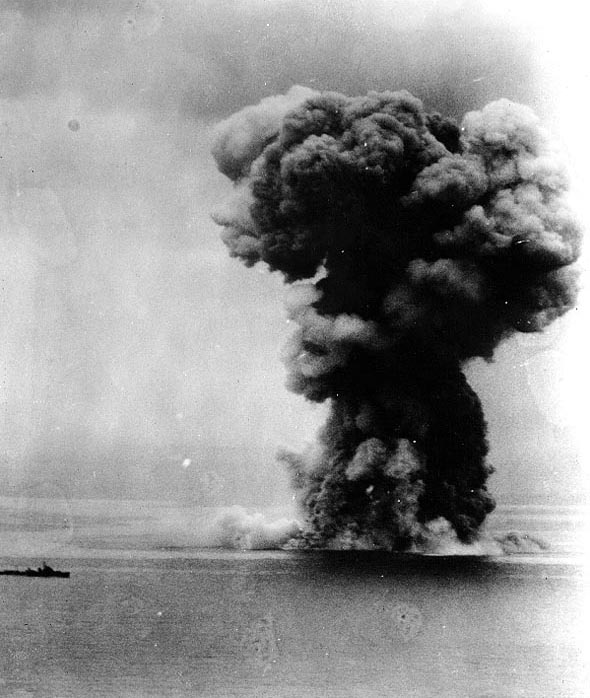|
Michael A. Stecker Battleship Yamato |
||||||
|
Book reference: Yamato web-references: List of Japanese
government officials and military commanders during WWII: |
||||||
|
|
||||||
|
My scale model of Battleship Yamato
|
||||||
|
Basic stats |
||||||
|
Construction/design/combat
Year Completed
|
||||||
|
History 4 November 1937 November,1937 - August,
1940 1941
5 September 1941:
8 December 1941:
The Attack on Pearl
Harbor: 16
December 1941: YAMATO is assigned to the Combined Fleet's BatDiv 1 with NAGATO and MUTSU at Hashirajima. She is home-ported at Kure. 1942 12 February 1942: ComCarDiv 2 Rear Admiral (Vice Admiral, posthumously) Yamaguchi Tamon (former CO of ISUZU) distributes copies of his plan for a new offensive against Hawaii beginning in early 1943. Cdr Prince Takamatsu no-miya Nobuhito (brother of Emperor Hirohito (Showa) and Major Prince Tsunenori Takeda arrive aboard YAMATO to observe the table tap maneuvers. 9 March 1942: Early May 1942: 19 May 1942: 27 May 1942: 29 May 1942:Operation
"MI" - The Battle of Midway: June 1942: 10 June 1942: 14 June 1942: 5 August 1942: 17 August 1942: 28 August 1942: 28 August 1942: The Battles for Guadalcanal and the first battleship vs. battleship encounter in the Pacific War end with YAMATO at anchor at Truk. The reasons advanced for her taking no part in the Solomons campaign are shortages of fuel and bombardment ammunition, restricted, shallow and uncharted waters near Gudalcanal, her slower getaway speed than the KONGOs and Admiral Yamamoto’s reluctance to commit her to battle. YAMATO, the world’s mightiest battleship, remains at Truk as a “hotel” from 29 August 1942 until 8 May 1943. 1943 18 April 1943: 8 May 1943: 13 May 1943: 21 May 1943: 30 May 1943: 12 July 1943: 17 July 1943: 16 August 1943: 7 September 1943: 19-23 October 1943: 26 October 1943: 25 December 1943: Arrives at Truk later that same day. Emergency repairs. 1944 16 January 1944: 25 January 1944: 3 February 1944: 25 February 1944: Drydocked. Two beam triple 6.1 inch (155-mm.) turrets are removed and replaced by six (3x2) 5-inch (127-mm.) HA AA mounts. Twenty-four (8x3) and 26 single 25mm. AA mounts are added. Shelters are also added on the upper deck for the increased AA crews. Type 13 air search and Type 22, Mod 4, surface search/gunnery control radars are installed and the main mast is altered. Two 150-mm searchlights are removed and later installed ashore at Kure. YAMATO is fitted with Type 2 infrared (IR) Identification Friend-or-Foe (IFF)/signaling devices mounted midway up on each side of the bridge. The system may have been based on the German "Seehund" IR device. It is built around a telescopic sensor that receives light-waves in the IR range and registers a readout in the radio shack. The system also includes a pair of 20-mm. binoculars coaxially mounted with the transmitting IR lamp on the bridge so that another ship can use the IR detector for elementary signaling or as a formation light for station keeping. About this time, YAMATO is also fitted with multiple E27 radar detectors copied from the German FuMB 1 Metox R.600. 11 April 1944: 1 May 1944: 3 May 1944: Shortly after departure, a periscope (perhaps HARDER's) is sighted and a submarine alert is given. All ships quickly execute "hard left-rudder"but the MUSASHI turns too late. She closes on YAMATO just ahead. On YAMATO's bridge, near panic reigns! Captain Morishita takes over the helm himself and carries out an evasive turn, but the situation remains critical. Then a lookout reports that the "ship behind us has stopped." All aboard both super-battleships are relieved that a collision between them has been avoided on the eve of battle. 12 June 1944: 19-23 June 1944:
Operation "A-GO" - The
Battle of the Philippine Sea: At 0920, YAMATO's lookouts spot aircraft approaching at 13,125 feet. This is the fighter unit of Air Group 601's second strike. Admiral Kurita has received no information about a friendly overflight. Cruiser TAKAO fires four starshells meaning "identify yourself", but no reply is received. The planes keep approaching. At 16,400 yards, YAMATO and the other ships execute a turn to port and open fire. YAMATO's main guns, loaded with "Sanshiki-dan" shells, are fired in anger for the first time - but at friendly forces! Four ZEKEs are damaged. Another ditches. YAMATO may have damaged some of the planes. MUSASHI's lookouts correctly identify the planes and she is the only ship that does not open fire. The Mobile Fleet's aircraft attack U.S. Task Force 58 off Saipan but suffer overwhelming losses in the "Great Mariana's Turkey Shoot". YAMATO remains undamaged and retires northward with the Mobile Fleet. 29 June-8 July 1944: 18 October 1944: 18-20 October 1944: 22 October 1944:
Operation "SHO-I-GO"
(Victory) - The Battle of Leyte Gulf: 23 October 1944:
The Battle of the
Palawan Passage: 24 October 1944:
The Battle of the
Sibuyan Sea: 1026: YAMATO opens fire on enemy aircraft, using her main guns and Type 3 "sanshikidan" rounds. 1032: Attacked by two Grumman TBF "Avengers" from USS CABOT (CVL-28). No hits are scored. 1047: From this time on, lookouts on the YAMATO, MUSASHI, CHOKAI, NOSHIRO and KISHINAMI report periscope and torpedo wake sightings. Several false sightings delay the fleet reforming. 1331: YAMATO opens fire on aircraft from TG 38.3. 1350: A Curtiss SB2C "Helldiver" dive-bomber from USS ESSEX (CV-9) drops two AP bombs that damage the port bow abreast of main gun turret No. 1. 1413: Lookouts sight aircraft from ESSEX approaching. Vice Admiral Kurita's fleet orders the Force to increase speed to 22 knots. 1430: Attacked by four Grumman F6F "Hellcat" fighters and 12 SB2C dive-bombers. They drop five 1000-lb AP and seven AP bombs. The first bomb penetrates the anchor deck, demolishes the port chain locker, explodes below the waterline, blows out a side plate and holes the bow. The mess deck is wrecked. Two bombs hit turret No. 1. One blows a hole above the waterline. Another bomb penetrates through the top deck to the crews' quarters. YAMATO ships 3, 000 tons of seawater and takes on a five-degree list to port. Damage Control counterfloods and reduces the list to one degree. YAMATO is down by the bow and maintains a 2-ft, 8-in. bow trim. Force "A" continues on course through the Sibuyan Sea. During the day, the Force endures raids by over 250 U.S. carrier aircraft. MUSASHI is hit by numerous aircraft torpedoes, bombs and sinks in the Visayan Sea. NAGATO takes two bomb hits. HARUNA is damaged by near-misses. 1530: Admiral Kurita orders the Force to reverse course back through the Sibuyan Sea. 1715: Force A again reverses course. 2330: Force A enters the narrow San Bernardino Strait hours in single file. 25 October 1944:
The Battle off Samar:
0400: Off Samar Island. Force A changes course due south towards Leyte Gulf. 0523: YAMATO's Type 13 radar picks up enemy aircraft. 0544: Enemy carriers sighted on the horizon, hull down, bearing 60 to port, range 23 miles. They are identified as six carriers, escorted by three cruisers and two destroyers. 0545: YAMATO opens fire on enemy planes. 0558: Force A opens fire at escort carriers of "Taffy 3": USS ST. LO (CVE-63), WHITE PLAINS (CVE-66), KALININ BAY (CVE-68), FANSHAW BAY (CVE-70) (F), KITKUN BAY (CVE-71) and GAMBIER BAY (CVE-73). Carriers screened by the destroyers USS HOEL (DD-533), JOHNSTON, (DD-557), HEERMANN (DD-532), destroyer escorts USS SAMUEL B. ROBERTS (DE-413), DENNIS (DE-405), RAYMOND (DE-341) and JOHN C. BUTLER (DE-339). Both of YAMATO's forward turrets open fire at a distance of 20 miles. Of her six forward rifles only two are initially loaded with AP shells, the remainder with Type 3s. YAMATO's F1M2 "Pete" spotter plane confirms that the first salvo is a hit. The carrier starts to smoke. Three six-gun salvos are fired on the same target, then the fire is shifted to the next carrier. It is concealed immediately by a smoke screen made by the American destroyers. 0606: YAMATO continues on an easterly course, firing her 155-mm (6.1-inch) secondary guns. 0651: A charging "cruiser" emerges from behind the smoke. YAMATO engages her from a distance of more than 10 miles and scores a hit with the first salvo. The target is seen burning before it is lost sight of. At 0654, destroyer HEERMANN fires three torpedoes at HARUNA. The torpedoes miss HARUNA, but head toward YAMATO whose crew spots their tracks to starboard. YAMATO turns away to port, steams northward for 10 miles until the torpedoes run out of fuel. Although the maneuver avoids the torpedoes, it puts YAMATO and the Force's commander, Vice Admiral Kurita out of the battle. 26 October 1944: 0834: The Force is attacked by about 50 Curtiss SB2C Helldivers and Avenger torpedo planes from USS HORNET (CV-12). Two bombs hit YAMATO. The first penetrates the forecastle forward and to the right of the main breakwater, demolishing nearby crew's spaces. The second bomb causes slight damage to the side of main gun turret No. 1. 1040: About thirty 13th Army Air Force Far Eastern Air Force B-24 "Liberators" of the "long Rangers" based at Morotai attack the Force. Bomb fragments wound Rear Admiral (later Vice Admiral) Koyanagi Tomiji (former CO of KONGO), Chief of Staff, Second Fleet and about 60 others. YAMATO and NAGATO open fire with their main armament using Type 3 "sanshikidan" shells. Their gun crews claim several bombers shot down. 15 November 1944: 16 November 1944: 21 November 1944: 23 November 1944: 25 November 1944: Captain Aruga Kosaku (former CO of CHOKAI) assumes command from Rear Admiral Morishita. 1945 15 January 1945: 10 February 1945: 13 March 1945: March 1945: 19 March 1945: More than 240 aircraft (SB2C Helldivers, F4U "Corsairs" and F6F Hellcats) attack the battleships HYUGA, ISE, YAMATO, HARUNA, carriers AMAGI, KATSURAGI, RYUHO and KAIYO and other ships. YAMATO, underway in the Inland Sea, sustains minor damage from a hit on bridge by a Helldiver dive-bomber from INTREPID. The fleet is defended vigorously but unsuccessfully by 54 "George" fighters of Captain (later General and CINC, JSDF*) Genda Minoru's (of AKAGI at Pearl Harbor) 343rd NAG. The pilots, led by Lt Oshibuchi Takashi, claim 52 aircraft shot down against 14 fighters lost and one Nakajima C6N1 Saiun ("Myrt") that collided with a Hellcat. Japanese flak claims five more planes. 29 March 1945: 2 April 1945: 3 April 1945: 4 April 1945: 5 April 1945: Operation "TEN-ICHI-GO"
(Heaven Number One): 1500: Captain Aruga informs his assembled crew about the sortie. 1730: Sixty-seven naval cadets of Etajima class No. 74, who arrived three days before, are sent ashore. Then a farewell party is held aboard YAMATO. 6 April 1945: 7
April 1945 Around 10:00 this same day (April 7), the U.S. Navy began launching almost 400 aircraft in several waves from eleven carriers of Vice Admiral Marc A. Mitscher's Task Force 58 (Hornet, Bennington, Belleau Wood, San Jacinto, Essex, Bunker Hill, Hancock, Bataan, Intrepid, Yorktown, and Langley) that were located just east of Okinawa. The aircraft consisted of F6F Hellcat fighters, SB2C Helldiver dive-bombers, and TBF Avenger torpedo bombers. A force of six battleships (Massachusetts, Indiana, New Jersey, South Dakota, Wisconsin, and Missouri), supported by cruisers (including Alaska and Guam) and destroyers, was also assembled to intercept the Japanese fleet if the airstrikes did not succeed. Due to the Japanese force not having any air cover, the U.S. aircraft were able to set up for their attacks without fear of opposition from Japanese aircraft. U.S. attack aircraft arriving over the Yamato group, after their two-hour flight from Okinawa, were thus able to circle the Japanese ship formation just out of anti-aircraft range, methodically setting up their attacks on the warships below. The first wave of U.S. carrier aircraft engaged the Japanese ships starting at 12:30 hours. The Japanese ships increased speed to 25 knots, began evasive maneuvers, and opened fire with their anti-aircraft guns. Yamato herself carried almost 150 anti-aircraft guns. The U.S. torpedo airplanes mainly attacked from the port side so that, if the torpedoes mainly hit from that side, it would increase the likelihood of the target ship capsizing.
Japanese cruiser
Yahagi under bombs of US aircraft on April 7, 1945,
south of Kyushu. The photo was taken at At 12:46, a torpedo hit Yahagi directly in her engine room, killing the entire engineering room crew and bringing her to a complete stop. Dead in the water, Yahagi was hit by at least six more torpedoes and 12 bombs by succeeding waves of air attacks. Japanese destroyer Isokaze attempted to come to Yahagi's aid but was herself attacked, heavily damaged, and sank sometime later. Yahagi capsized and sank at 14:05 hours. Her survivors, left floating in the water, could see the Yamato in the distance, still apparently steaming south and fighting attacking U.S. aircraft. However, in reality, Yamato herself was only minutes away from sinking. During the first attack wave, in spite of intensive evasive maneuvers that caused most of the bombs and torpedoes aimed at her to miss, Yamato was hit by two armor-piercing bombs and one torpedo. Her speed was not affected, but one of the bombs started a fire aft of the superstructure that was never extinguished. Also, during the first attack wave, Japanese destroyers Hamakaze and Suzutsuki were heavily damaged and taken out of the battle. Hamakaze sank sometime later. Between 13:20 and 14:15, the second and third waves of U.S. aircraft attacked, heavily concentrating on the Yamato. During this time, Yamato was hit by at least eight torpedoes and up to 15 bombs. The bombs did extensive damage to the topside of the ship, including knocking out power to the gun directors and forcing the anti-aircraft guns to be individually and manually aimed and fired, greatly reducing their effectiveness. The torpedo hits, almost all on the port side, caused the Yamato to list enough that capsizing was now an imminent danger. The water damage-control station had been destroyed by a bomb hit making it impossible to counter-flood the specially designed spaces within the ship's hull to counteract hull damage. At 13:33 in a desperate attempt to keep the ship from capsizing, Yamato's damage control team counter-flooded both starboard engine and boiler rooms. This mitigated the danger but also drowned the several hundred crewmen manning those stations, who were given no notice that their compartments were about to fill with water. The lives of those crewmen bought Yamato about 30 more minutes afloat. The loss of the starboard engines, plus the weight of the water, caused Yamato to slow to about 10 knots. With Yamato now proceeding more slowly and therefore easier to target, U.S. torpedo aircraft concentrated on hitting her rudder and stern with torpedoes in order to affect her steering ability, which they succeeded in doing. At 14:02, after being informed that the ship could no longer steer and was unavoidably sinking, Admiral Ito ordered the mission canceled, the crew to abandon ship, and for the remaining ships to begin rescuing survivors. Yamato communicated this message to the other surviving ships by signal flag, as her radios had been destroyed.
At 14:05, Yamato was stopped dead in the water and began to capsize. Admiral Ito and the captain of the Yamato decided to go down with the ship and refused to abandon her with the rest of the survivors. At 14:20, Yamato capsized completely and began to sink about 150 miles southwest of the southern tip of Kyushu, Japan (). At 14:23, she suddenly blew-up with an explosion so large that it was reportedly heard and seen 200 km away in Kagoshima and sent up a mushroom-shaped cloud almost 20,000 feet into the air. The explosion is believed to have happened due to the fires from the bomb hits reaching the main ammunition magazines.
Attempting to make it back to port, Japanese destroyer Asashimo was bombed and sunk with all hands by U.S. aircraft. The Japanese destroyer Kasumi was also sunk by U.S. carrier aircraft attack during the battle. Suzutsuki, despite her bow being blown off, was able to make it to Sasebo, Japan by steaming in reverse the entire way. The remaining three less-damaged Japanese destroyers (Fuyuzuki, Yukikaze, and Hatsushimo) were able to rescue 280 survivors from Yamato (out of a crew of 2,700), plus 555 survivors from Yahagi (out of a crew of 1,000) and just over 800 survivors from Isokaze, Hamakaze, and Kasumi. However, 3,700 Japanese naval personnel perished in the battle. The ships took the survivors to Sasebo.
During the battle, the Japanese Army conducted an air attack on the U.S. naval fleet at Okinawa as promised, but failed to sink any ships. Around 115 aircraft, many of them kamikaze, attacked the U.S. ships throughout the day of April 7. Kamikaze aircraft hit Hancock, battleship Maryland, and destroyer Bennett, causing moderate damage to Hancock and Maryland and heavy damage to Bennett. About 100 of the Japanese aircraft were lost in the attack. 3 May 1945: 31 August 1945: May 1979: 1 August 1985: |
||||||

